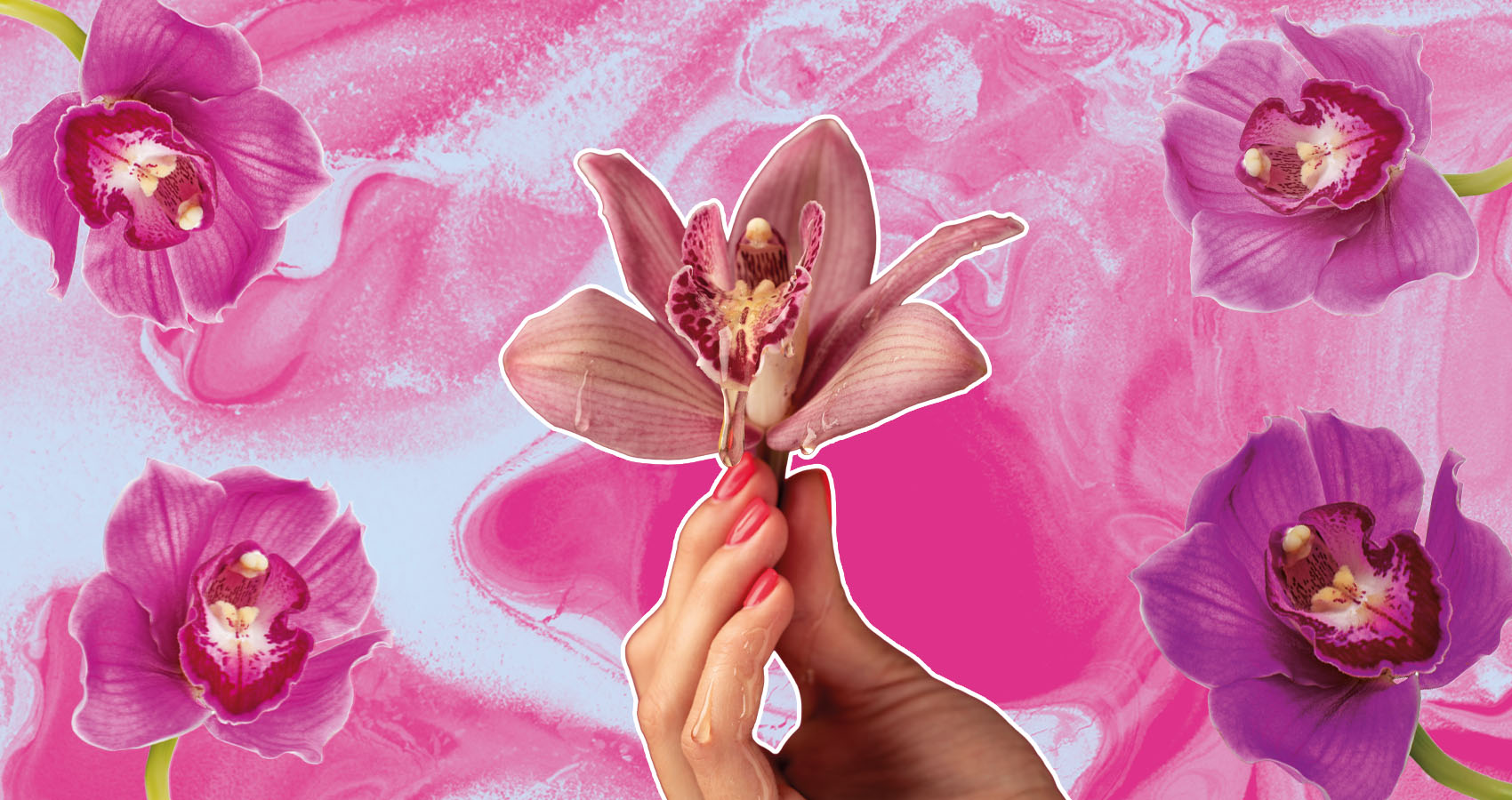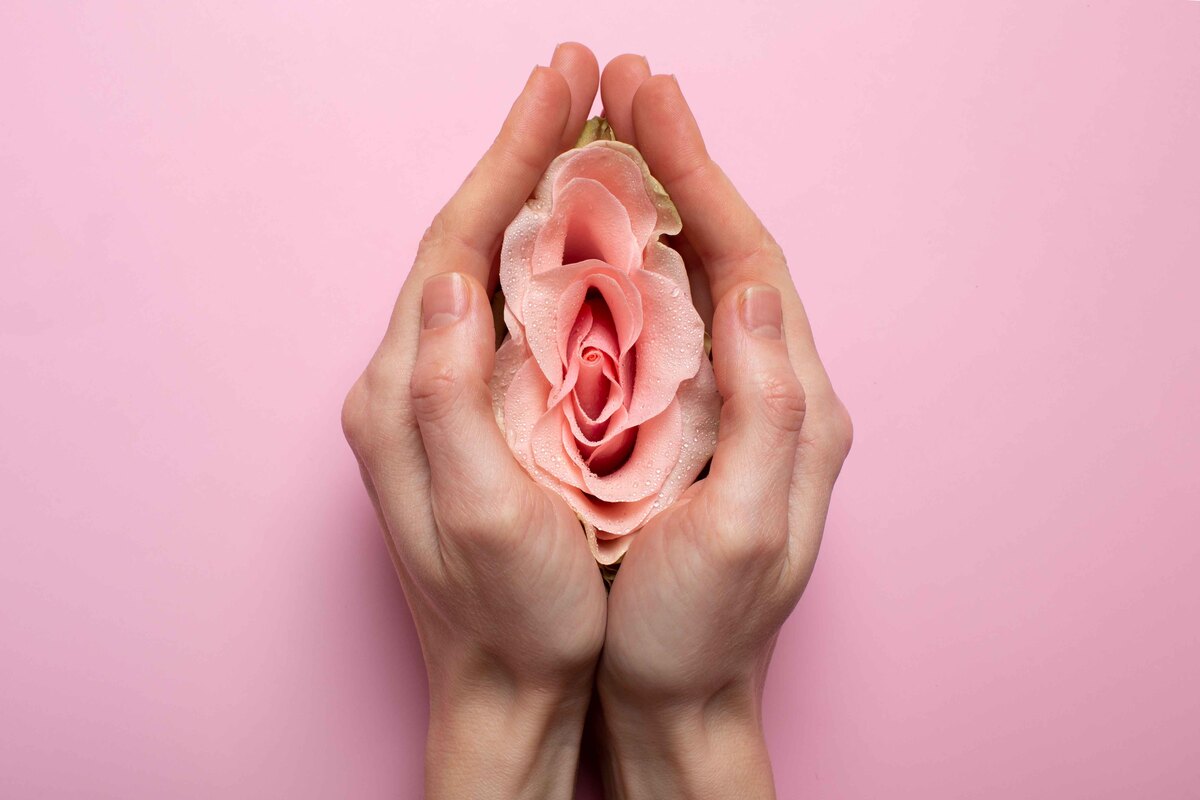
Why Does Vaginal Dryness Happen & What Can You Do About It?
Common but often misunderstood
Vaginal dryness is a common experience for many women, but the reasons behind it and the ways to manage it are not always widely understood. It often results from lower oestrogen levels, which can cause the vaginal tissue to become thinner and more sensitive. Other contributing factors include certain medications, high stress levels, and the use of irritating hygiene products. This dryness can lead to discomfort in daily life and during intimacy, making it essential to understand its causes and how to address it.
There are different ways to manage vaginal dryness, including reviewing current medications, making lifestyle adjustments, and using products designed to restore moisture. Some women find that daily use of a gentle, hormone-free product helps maintain comfort. For example, selecting the best vaginal moisturizer for your specific needs can provide more consistent relief than products intended for short-term use, such as lubricants. While each option has its place, moisturizers are often used to support regular hydration and may be better suited for ongoing discomfort.
Key Takeaways

-
Vaginal dryness is mainly caused by reduced oestrogen levels or other outside influences.
-
Symptoms can be eased with safe and effective non-hormonal products or lifestyle changes.
-
Selecting the best vaginal moisturizer ensures lasting relief and improved comfort.
Understanding Why Vaginal Dryness Happens
Vaginal dryness is a common issue that can have several underlying causes. It often results in physical discomfort, changes in sexual function, and an overall reduction in quality of life.
Hormonal Changes and Low Estrogen Levels

A significant cause of vaginal dryness is a drop in estrogen, the hormone that helps maintain moisture and elasticity in vaginal tissues. This frequently occurs during menopause or perimenopause, when hormone levels fluctuate and eventually decline.
Low oestrogen levels affect the thickness, elasticity, and lubrication of the vaginal lining. This thinning is known as vaginal atrophy and can increase the risk of symptoms like itching, burning, and discomfort. Estrogen also influences the balance of good bacteria in the vagina, helping prevent infections and maintaining overall vaginal health. Ageing, removal of the ovaries, and certain cancer treatments may also cause a steep decline in estrogen, which is directly linked to genitourinary syndrome of menopause.
Medical and Lifestyle Causes
Medications such as antihistamines, antidepressants, and some birth control pills can make vaginal dryness worse by reducing natural lubrication. Certain cancer treatments, like radiation and chemotherapy, are also known contributors.
Childbirth and breastfeeding temporarily lower oestrogen and progesterone levels, which can cause vaginal tissues to lose moisture and elasticity. Tight pelvic floor muscles, use of harsh soaps, scented feminine hygiene products, and douching can irritate delicate tissues and further disrupt moisture levels. Chronic stress impacts hormone balance, sometimes making dryness and discomfort worse.
Impact on Vaginal Health and Daily Life 
Vaginal dryness often leads to everyday symptoms like itching, burning, and discomfort—especially during physical activity or sexual intercourse. Some may experience more frequent urination, a persistent need to urinate, or increased urinary tract infections because dryness affects tissue health and resilience.
For those experiencing dyspareunia (pain during sex), libido can decrease, reducing sexual satisfaction and intimacy. Thinner, less elastic tissues are more prone to small tears, which can further increase the risk of irritation and infection. These symptoms can interfere with emotional well-being, relationships, and overall quality of life, making treatment and support important for restoring comfort and maintaining vaginal health.
What You Can Do About Vaginal Dryness
Vaginal dryness can be managed with several effective approaches depending on its cause and severity. From over-the-counter moisturizers to prescription therapies and natural remedies, individuals have various options to enhance lubrication and comfort.
Topical Moisturizers and Lubricants 
Vaginal moisturizers and lubricants are among the most accessible solutions. Vaginal moisturizers are designed to be used regularly, often every few days, to keep the vaginal tissues hydrated. These products are different from lubricants, which are applied before sexual activity to supplement natural lubrication and ease discomfort.
There are many types of vaginal lubricants, including water-based and oil-based varieties. Water-based lubricants are easy to find, safe with condoms, and generally well-tolerated. Oil-based lubricants, such as coconut oil, can last longer but may degrade latex condoms. For ongoing comfort, over-the-counter moisturizers provide continuous support. Using these products does not treat the underlying cause but can significantly reduce irritation and painful sex. Pairing a vaginal moisturizer with a lubricant during intercourse can be especially helpful for those with persistent dryness.
Hormonal and Prescription Treatments

For dryness linked to menopause or hormonal shifts, medications may be required. Topical oestrogen creams deliver oestrogen directly to the vaginal tissues, usually with fewer systemic side effects than oral hormone therapy. These can restore vaginal lubrication and improve tissue health over time.
Dehydroepiandrosterone (DHEA) suppositories also help some individuals by locally increasing androgen levels, which support vaginal health. Another option, ospemifene (Osphena), is an oral medication classified as a selective estrogen receptor modulator. It is typically prescribed for moderate to severe cases of vaginal dryness accompanied by pain during sex. Healthcare providers may recommend these therapies after assessing personal health history and symptoms. Prescription options can take several weeks to show meaningful improvement but are effective for many who do not find relief with non-hormonal methods.
Conclusion
Vaginal dryness is a common experience that can be caused by hormonal changes, certain medications, or lifestyle factors. Knowing what causes dryness can help individuals identify the most effective strategies to manage it. Simple measures, such as using a vaginal moisturizer, staying hydrated, and avoiding scented or harsh personal care products, may provide relief. In some cases, discussing symptoms with a healthcare provider can lead to more specific treatments or helpful advice.
Recognising that vaginal dryness is both manageable and treatable may encourage those affected to seek support. Every person’s experience is unique, and solutions can be tailored to individual needs.











